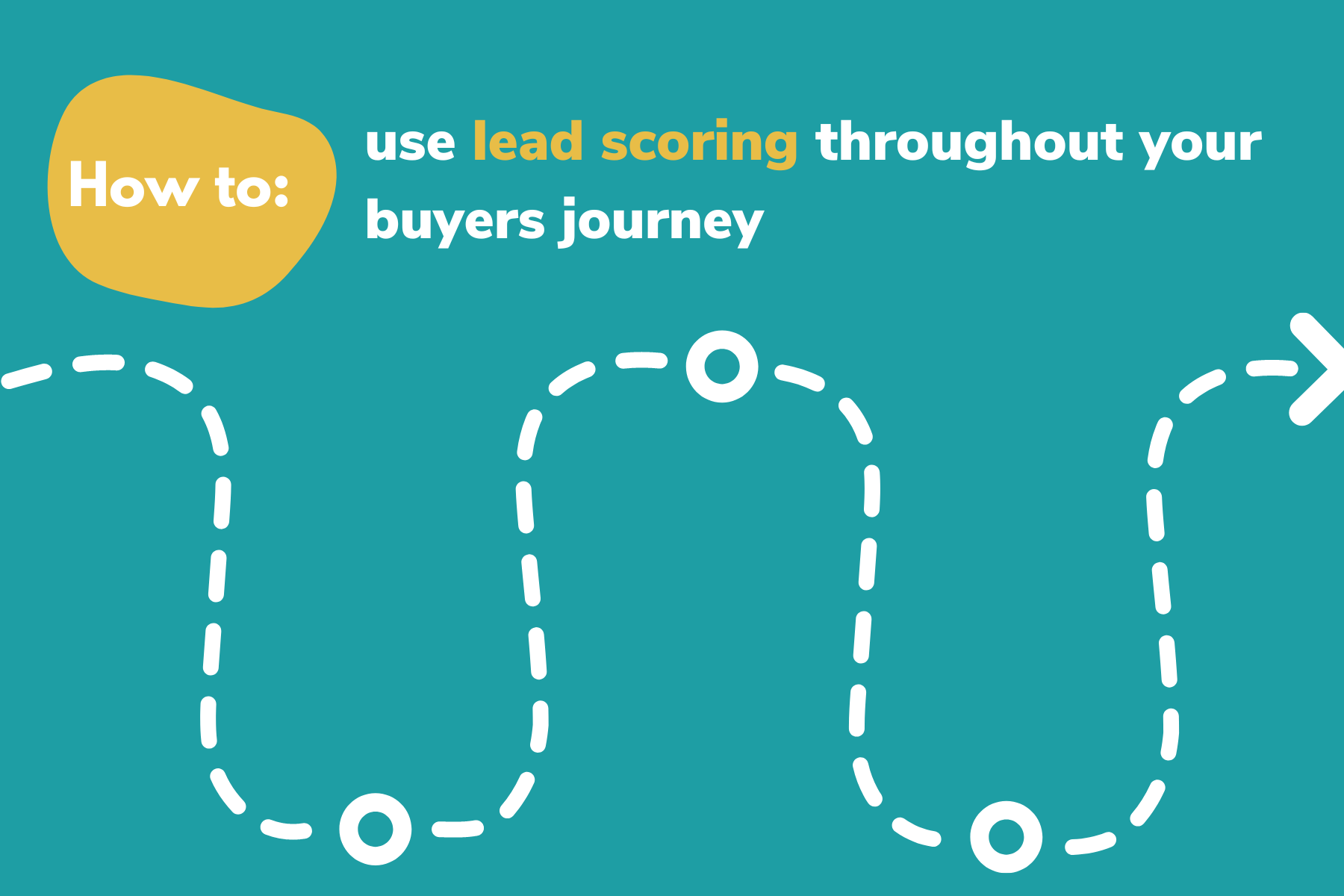Lead Scoring is something marketing teams often ask about, but what are the best practices for lead scoring in education marketing and how can scoring be applied to all stages of your admissions funnel?
What is lead scoring?
Lead scoring is the process of assigning values or 'points', to each lead you generate. Scoring is often used to show education marketers which leads they have generated are the most likely to convert or highlight the prospects who are the best fit for their school or college based on pre-defined rules.
Marketers should define their own rules for lead scoring based on the demographic or behavioural information that are the best indicators for conversion for their particular market.
Here are a few examples of the types of information on which you may choose to score your leads:
- Number of times viewing a specific page of your website
- Number of forms completed on your website
- If they have opened an email from your organisation in the last month
- If they have opted in to marketing communications
- When they have completed a specific conversion (eg downloaded a prospectus)
- When they have spoken to a member of the admissions team directly (phone or email)
Lead scoring can also be used to identify negative behaviours and lower scores based on these behaviours, for example:
- When they have unsubscribed from newsletter updates
- If they have not opened any of your recent emails
- If they have not visited your website within the past 6 months
- If they enquire about a course that you do not offer
How to use Lead Scoring at the 'Top of Funnel' stage
Top-of-funnel is frequently the stage that education marketers give the least attention to. This is the stage where leads are not yet ready to enquire or sign up for an open event and they will likely be doing their own research into schools or colleges in the area. This funnel stage represents a huge opportunity for education marketers - and it is important that your website features conversion opportunity for top-of-funnel leads (often this is a simple 'subscribe' CTA or perhaps a content offer/download). Here are a few suggestions for using lead scoring at the top-of-funnel buyer's journey stage:
- Increase a lead's score based on key indications that they are potentially a good fit for the education you are offering, for example provide an ebook on 'Guide to choosing an independent school' or 'Guide to careers in Social Care' - if a contact completes a form and downloads this content, increase their score
- Increase a lead's score based on engagement with your website - broadly speaking if a lead is taking their time to look around your website there's a very good chance that they are a good fit for your school or college. Consider increasing a lead's score each time they re-engage with a specific web page, or if they have engaged with your website within the last 30 days.
- Decrease a lead's score if they have not engaged with your website recently or if they unsubscribe following a marketing email
How to use Lead Scoring at the 'Middle of Funnel' stage
Middle-of-funnel leads present marketers with an opportunity to build trust in your brand, to guide them through conversion points and to get them to consider your school or college compared to competitors.
At this buyer's journey stage it is really helpful to know which contacts are the most engaged and lead scoring is the perfect tool for the job, here are some examples of how to use lead scoring for middle-of-funnel leads:
- Increase a lead's score each time they revisit your blog or specific pages of the website
- Increase a lead's score for each content offer they download (and give a higher score for the more important pieces of content!)
- Automatically define a persona of a lead based on the content they download and then increase a lead's score for the best-fit personas (or decrease for any negative personas!)
- Increase a lead's score each time they click a link in a marketing email
- Automate a series of keep-warm emails and decrease a lead's score if they do not click a link in any of their emails to re-engage
How to use Lead Scoring at the 'Bottom of Funnel' stage
Bottom-of-funnel leads are the most likely to convert and if you have successfully implemented lead scoring throughout the buyer's journey it should be clear who these leads are. By scoring bottom-of-funnel leads you can share details with admissions teams on where to focus their efforts, you can also improve your predictions on which leads will convert and you can use this insight to identify positive behaviours ans attributes further up the funnel.
Some examples of how to use lead scoring for bottom-of-funnel leads:
- Increase a lead's score if they sign up for an open event or arrange a visit to your school, or college
- Increase a lead's score each time they speak to admissions or complete a key milestone in the admissions journey
- Decrease a lead's score if they become disengaged or do not show up for an event that they registered for
To conclude...
Lead Scoring is a powerful tool that can help education marketers and admissions teams to identify, engage with, report on and convert the best leads. It can also be used to identify which leads are not a good fit, and to check the quality of the leads you are generating from different sources.
We help schools, colleges, universities and training providers implement lead scoring in just a few simple steps using HubSpot. Book a demo using the button below to learn more.
.png?width=150&height=101&name=HUBGEM%20Logo%20-%20smaller%20logo%20(1000%20x%20673).png)


.png)
%20-%20Marketing%20studio%20analytics.png)


%20-%20AEO.png)